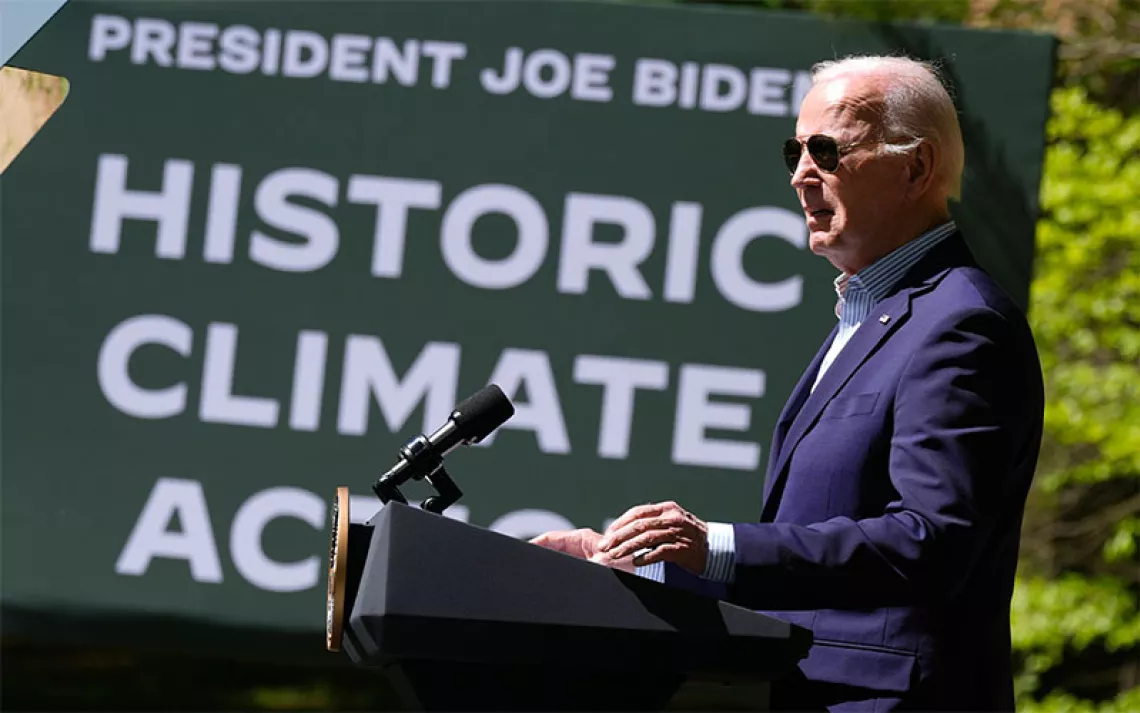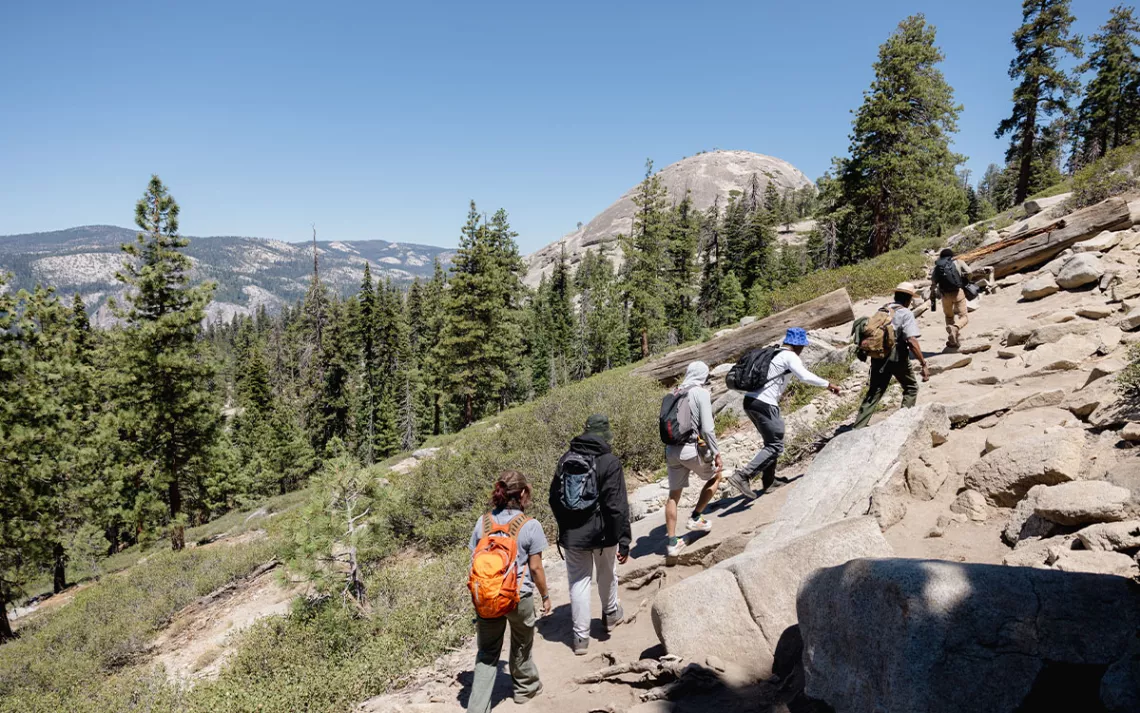In Praise of Public Lands
How an urban preserve in Chicago sparked a lifelong commitment to public lands

As a 10-year-old in the 1970s, I found myself marooned in the vast sprawl of suburban Chicago. Seeking more inspiration and adventure than the strip malls, giant parking lots, and endless tracts of split-level homes on cul-de-sacs could provide, I would get on my trusty green Murray bike with the banana seat and ride the two miles or so to Linne Woods. This little nature reserve was the nearest outpost of the Forest Preserve District of Cook County. In 1916, the same year the National Park Service was founded, the forest preserves were conceived in a bold act of civic devotion. They eventually grew to 70,000 protected acres or 11 percent of the second-most populous county in the United States. Today, these forests, prairies, savannas, and wetlands form a significant biodiverse refuge in a sea of asphalt sprawl.
While Linne Woods was barely more than 100 acres and surrounded by six-lane arterial roads, fast-food restaurants, and vinyl-clad houses, it was still, to me at least, a mighty citadel, bursting with mystery and magic and biological integrity. Towering old forests of oaks, hickories, and sugar maples were cheerfully carpeted in spring with trillium and mayapples. Growing in the bottomlands along the Chicago River were mammoth cottonwoods, which seemed to me as big as sequoias, where large mobs of raucous crows would roost. Along the western edge, the forest gave way to sunny open prairies and brushy meadows that filled the humid summer air with the scent of wild bergamot and Virginia mountain mint, both of which grew profusely. Here the natural world cast its spell on me and led me to be its lifelong student. Here I wandered aimlessly for hours and once tried to fish (unsuccessfully of course) with a stick and a string and a safety pin. Here I taught myself to identify trees and once fell through the ice of the river on a 10-degree day—and lived to tell about it.
Later, after I procured the driver's license that conferred full citizenship on a child of the suburbs, I branched out and began to explore forest preserve units further afield. Later still, as an adult, I have had the privilege to trek and tramp through America’s glorious public lands—from the dark, dripping rainforests of the Pacific Northwest to the swamps and bayous of the South, and from the austere canyonlands of the Colorado plateau to the emerald forests and still, clear waters of the Northwoods. Mine has been a life defined by my connection to wild land; it's something I have devoted my academic life to as well.
I owe all of this to those humble patches of accessible public land near my house in the third-largest metro area in the country. As a suburban kid with city-bred parents and grandparents, I had very little exposure to wild nature. We didn’t have any sort of family traditions in the great outdoors. There were no camping trips, no grand tours of the national parks, no summer camps in the woods. My passion for wild nature all started from my bike trips to the urban woods—public woods, collectively held and open to all.
The Forest Preserve District strives mightily to incorporate an equity framework in all of its efforts to connect residents to its parks. Even as a 10-year-old, I could intuit that Linne Woods belonged to me (along with everyone else), and no one could tell me to scram. That made me possessive of them in the best sort of way. I was always shoving litter into my back pocket and later, in my twenties, I became a restoration volunteer on nearby preserves, cutting invasive plants and collecting seeds. It is only today—as a political scientist who grapples with issues of democracy, equity, and civic values—that I can more precisely identify what I only knew in my gut as a kid: These public places bind us to things larger than ourselves. They bind us to human community, the natural world, and collective values in ways that enhance responsibility and devotion and love. This is something we crave and need desperately.
Public lands do this partly because they are a kind of fountain from which issues a continuous flow of outrageously valuable things—treasures that are at once biological, aesthetic, cultural, psychological, spiritual, and historical. To be connected to such a place is to be a collective account-holder of a treasure trove more valuable, both tangibly and intangibly, than a million Fort Knoxes. But unlike a dead bank account, you must actively and vigilantly love and protect this treasure, because there are always those who don’t believe in sharing.
 The Magazine of The Sierra Club
The Magazine of The Sierra Club



